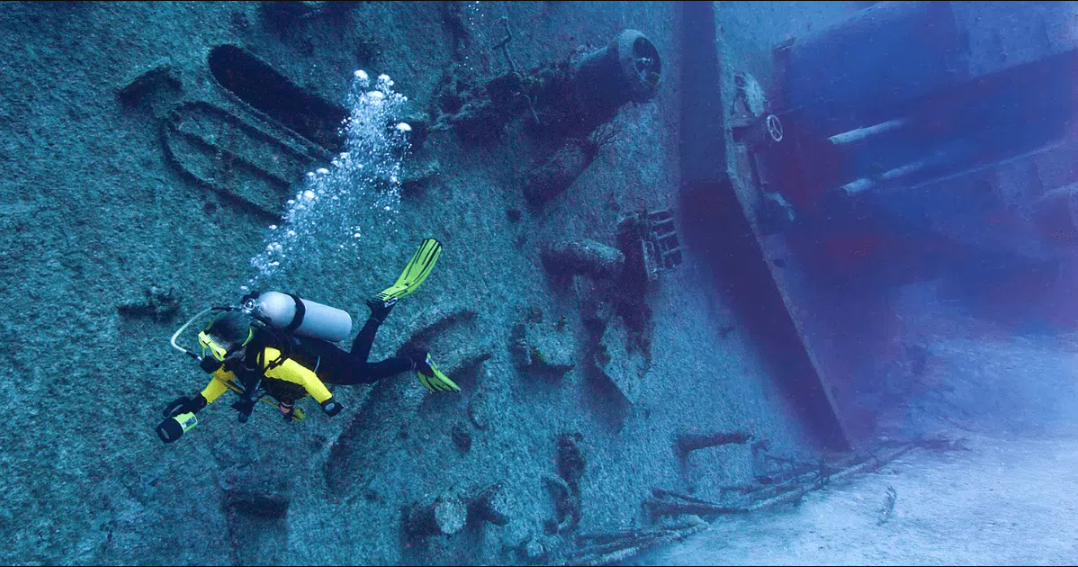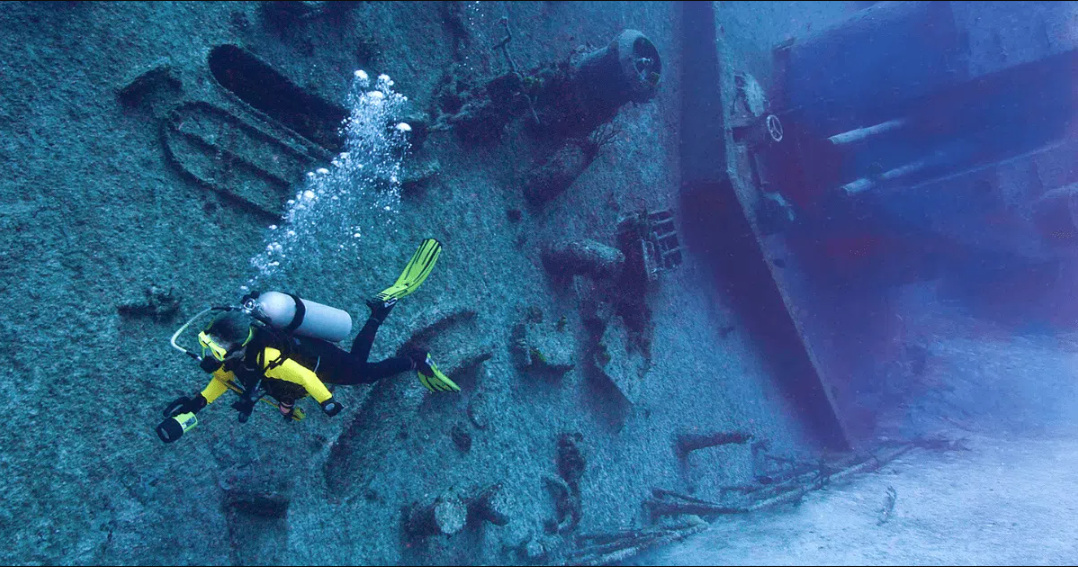一队潜水员在Lakshadweep群岛的Kalpeni岛附近发现了一艘欧洲军舰的残骸。
这艘沉船被认为可以追溯到17或18世纪,于周六在该岛西侧被发现。
这一发现被认为是该地区的首例,引起了历史学家和考古学家的兴趣。专家认为,这艘船可能属于当时活跃在该地区的主要欧洲大国之一——英国、荷兰或葡萄牙。
据推测,这艘沉船的长度为50 ~ 60米,船上还发现了大炮和锚等文物,因此有可能是一艘军舰。
专家说,这艘船可能是用铁或铁和木头的结合建造的,这些材料是那个时代欧洲船只的典型材料。
据报道,潜水小组组长萨提亚吉特·马内(Satyajeet Mane)表示,该小组最初并没有意识到这一发现的重要性。经过仔细检查,大炮和锚的存在证实它很可能是一艘军舰。
潜水员的导师、海洋科学家Idrees Babu博士说,沉船上的珊瑚生长和腐蚀表明它已经被淹没了几个世纪。他补充说,这样的发现以前在Lakshadweep地区没有记录。
Babu博士解释说,这艘船的设计和材料表明,它可能被用于中东和斯里兰卡之间争夺贸易航线控制权的海上冲突。他讨论了水下考古研究的必要性,以确定这艘船的起源。
专家认为,这艘船可能参与了17世纪和18世纪争夺贸易路线主导权的冲突。在此期间,东印度公司和其他欧洲大国经常使用铁船进行贸易和战争。
▲Image for representation purposes only
英文原文
A team of divers exploring near Kalpeni Island in the Lakshadweep archipelago has found the wreckage of a European warship.
The shipwreck, believed to date back to the 17th or 18th century, was found on the western side of the island on Saturday.
This discovery, described as the first of its kind in the region, has garnered interest from historians and archaeologists. Experts believe the ship could have belonged to one of the major European powers active in the region during that time-Britain, Netherlands or Portugal.
The wreck, estimated to be 50 to 60 meters in length, was found with artefacts like a cannon and an anchor, which gives hints that it was a warship.
Experts say that the ship might have been constructed using iron or a combination of iron and wood, materials typical of European vessels from that era.
Satyajeet Mane, who led the diving group, reportedly said that the team initially did not realise the importance of the find. Upon closer inspection, the presence of the cannon and anchor confirmed that it was likely a warship.
Marine scientist Dr Idrees Babu, a mentor to the divers, said that the coral growth and corrosion on the wreck show that it had been submerged for several centuries. He added that such a discovery had not been recorded in the Lakshadweep region before.
Dr Babu explained that the ship’s design and materials reveal that it may have been used during maritime conflicts over control of trade routes between the Middle East and Sri Lanka. He discussed the need for underwater archaeological studies to determine the ship’s origins.
Experts believe the ship may have been involved in conflicts over trade route dominance during the 17th and 18th centuries. The East India Company and other European powers frequently used iron ships for trade and wa***re during this period.
免责申明:本文根据LiveMint, TOI等内容整理,如有误差,以英文为准;仅代表作者观点,不代表中国海员之家立场。其真实性及原创性未能得到中国海员之家证实,在此感谢原作者的辛苦创作,如转载涉及版权等问题,请作者与我们联系,我们将在第一时间处理,谢谢!联系邮箱:cnisu@54seaman.com


 联系我们人工客服
联系我们人工客服



















 :1391995811
:1391995811


评论 (0人参与)